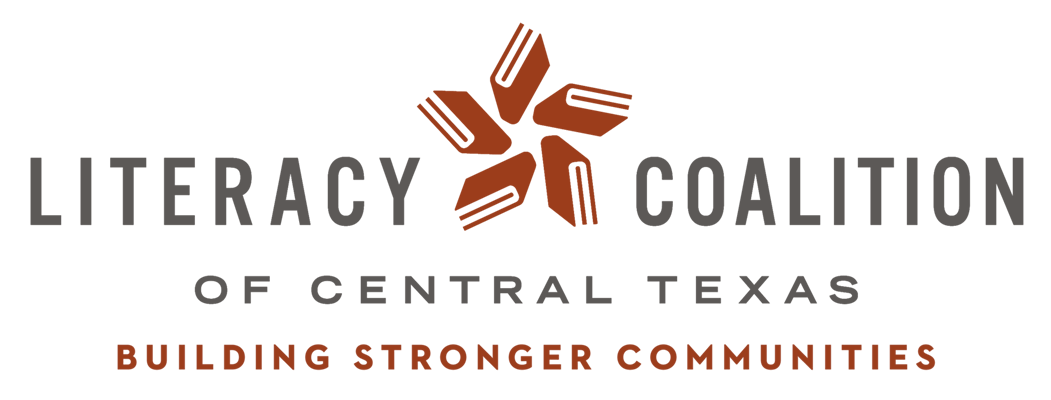
This week we have a guest post from Jen Freeman, one of our Master Trainers! Read Jen’s post below.
For a long time, I have touted the Total Physical Response (TPR) strategy for instruction. TPR is fun to use for learning new vocabulary, and as soon as I learned the TPR strategy it became a part of my teacher toolkit.
All teachers have two toolkits. One is physical, full of workbooks, worksheets, authentic materials, pictures, construction paper, chalk, and everything else that helps a lesson run. The other toolkit is full of strategies and ideas: the creative force that brings a lesson to life.
What I’m going to do (and what I challenge you to do, dear reader) is pick a teaching strategy that’s fun and adapt it to fit a lesson that’s coming up soon. Try to use the EFC Lesson Flow as a guide.
When you use Total Physical Response (TPR) in language instruction, you connect oral language to physical movement. I have often used TPR to connect vocabulary to a physical behavior. In an ESL classroom, TPR is important for getting students to act out “concrete” verbs (e.g. “I’m standing, “I’m walking, “I’m running”).
Steps to do TPR:
1. Let the participants watch while you speak the command (ex: “Walk forward”) and do the corresponding action.
2. Repeat, with participants mimicking your actions.
3. You speak and let the participants to the corresponding action.
Although I’m fluent in use of TPR as a strategy, I don’t feel like my strategy use has been flexible. I can really only use it for teaching “concrete” verbs, one command at a time. As a result, I committed to use TPR for a totally new situation in teaching: use TPR to teach the undergraduates (in a college-level Educational Psychology class) abstract terms in the topic of Information Processing. When I planned my next lesson, I tried to come up with a way the abstract terms elaboration, organization, and rehearsalcould become a physical action. You can find my lesson plan in a googledoc here.
Will my current students respond as well as my previous classes did? I don’t know but I’m eager to find out. After the lesson I’ll post again to tell you how it goes. I hope the TPR strategy is flexible enough to work in an undergrad classroom at UT, but I’ve only ever used it as a strategy to teach new language. Now I’m starting to think that learning any subject involves learning new language. I trust that TPR will work, but if nothing else at least I took a risk as a teacher!
While I’m nervous about using an old ESL teaching strategy to students in a different content, I know that English Forward strategies are research-based and geared towards meaningful communication. I believe that you can engage any class (and teach any topic) if you prepare, consider students’ backgrounds, and choose strategies to promote active learning. It seems like no matter what content/level you’re teaching, it’s important to get students engaged and make learning fun.
